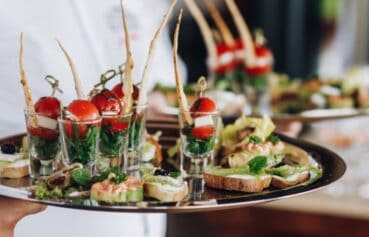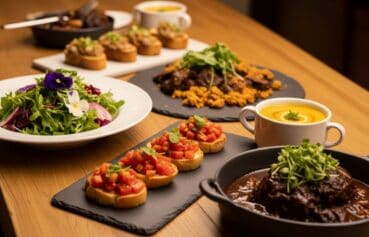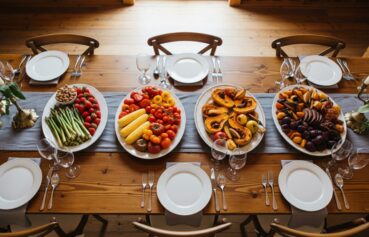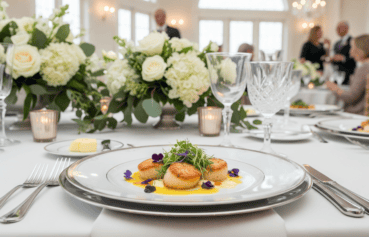Fresh, Local Catering—Planned, Cooked, and Delivered in Greenville, Delaware
Plan Your Greenville Event with Confidence
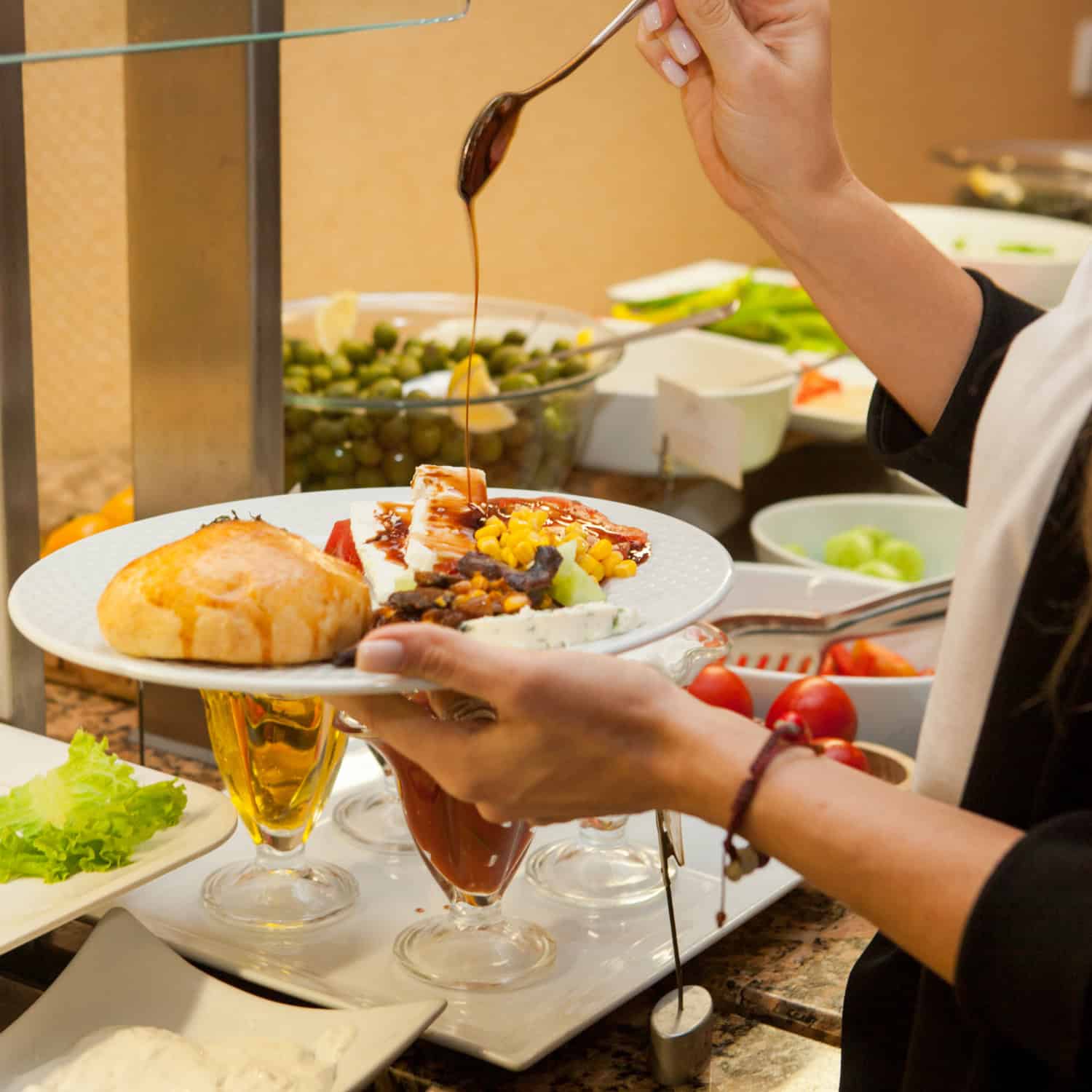
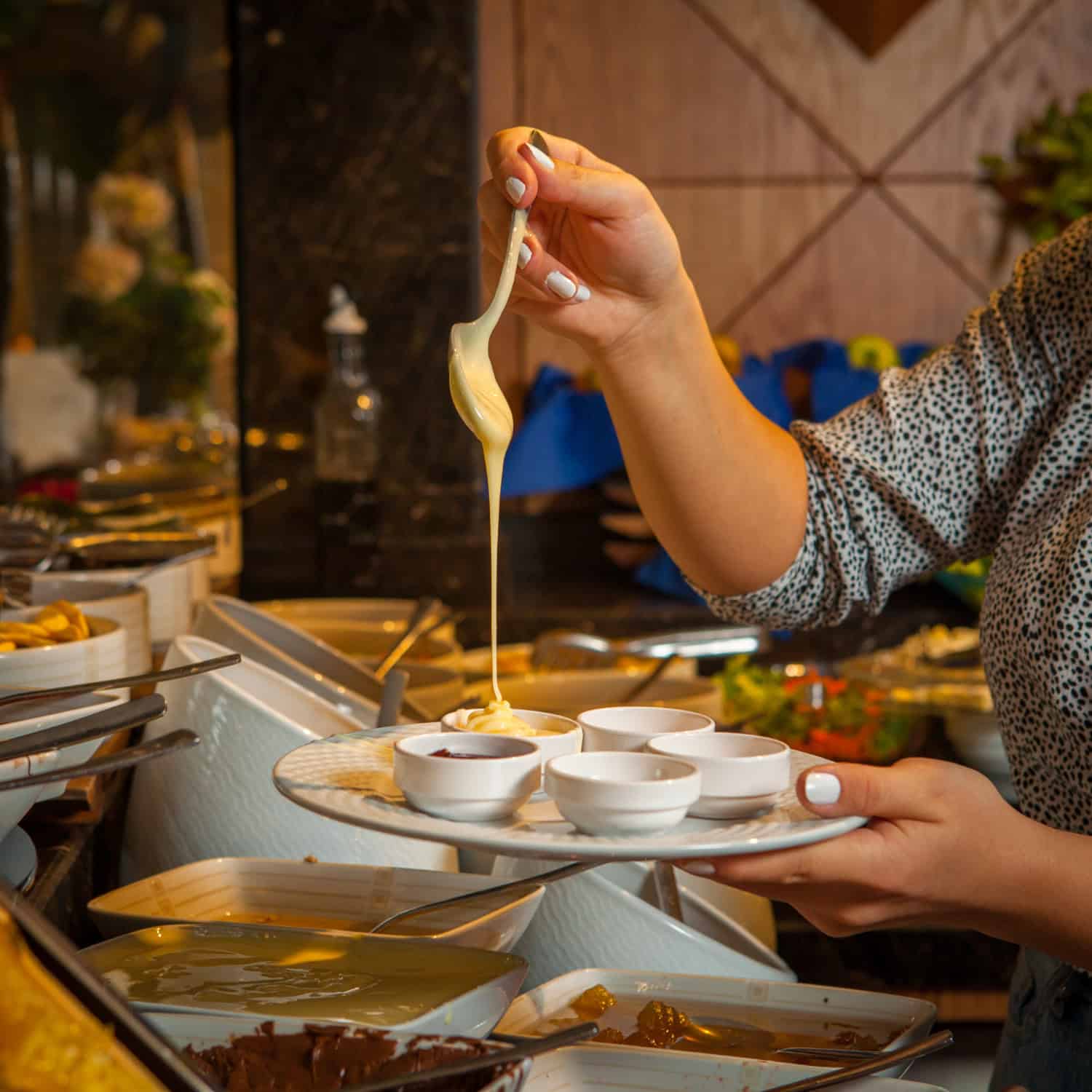

WELCOME TO GREENVILLE CATERING
Simplify Event Planning—Deliciously
Hosting a wedding, office lunch, or backyard party shouldn’t be stressful. Greenville Catering makes it effortless with chef-crafted menus, seamless service, and easy online booking—so you can enjoy your guests while we handle the rest.
- Fresh, Local Ingredients
- Full-Service Staff & Setup
- Easy Online Payments
No Stress. No Hidden Fees. Just Great Food—Delivered Fresh!
Let’s make your Greenville event effortless. Get your custom catering quote today
Services We Provide
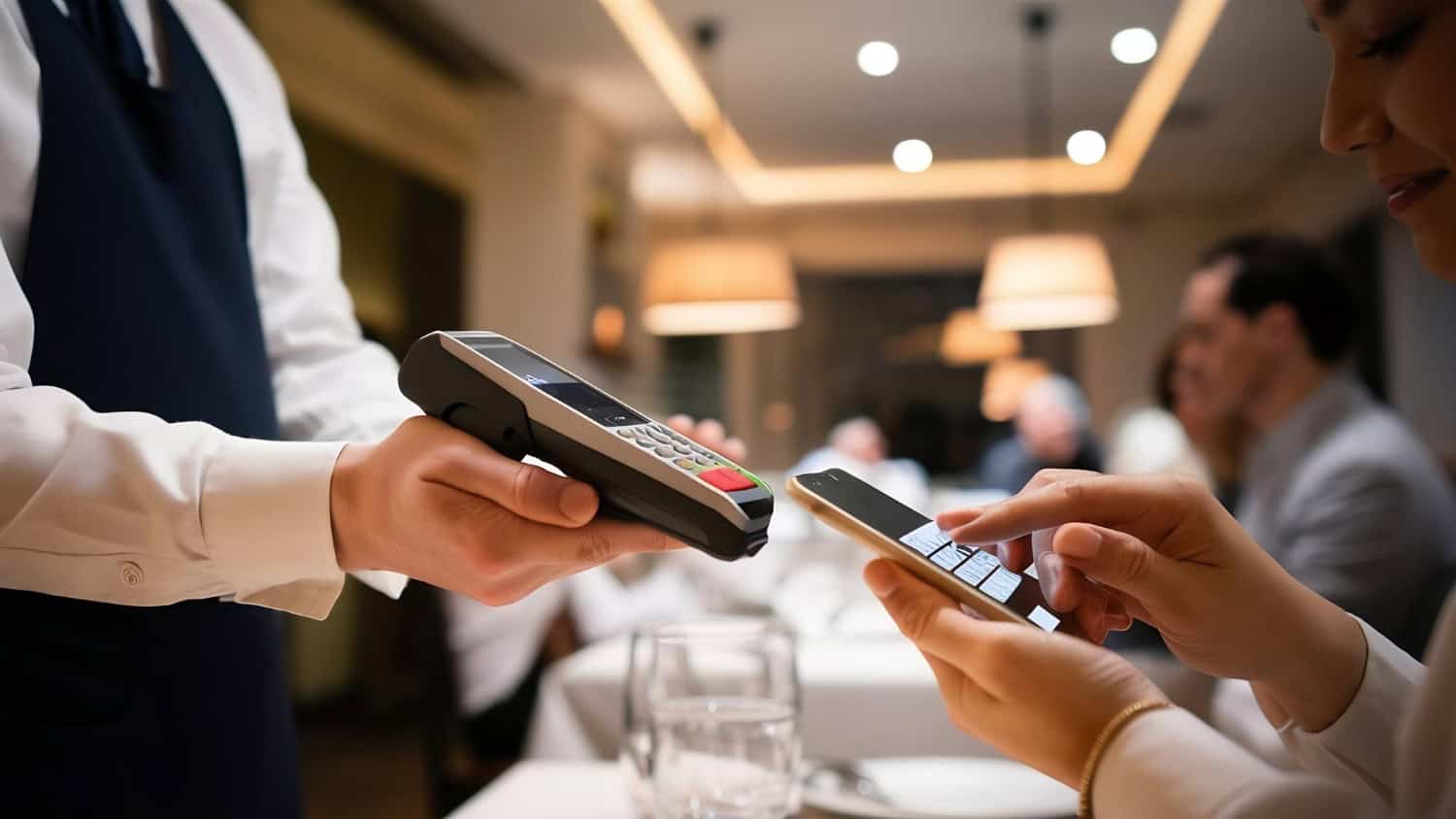
Fresh, Local, and Always On Time
Every menu we design starts with the best seasonal ingredients from Delaware farms and trusted local partners. Our chefs craft each dish with precision, while our staff handles setup, service, and cleanup seamlessly. Whether it’s a wedding, office lunch, or private dinner, we make sure your event runs perfectly—from the first bite to the final toast.

Custom Event Catering
Chef-crafted menus, local ingredients, and seamless service for weddings, parties, and private celebrations.

Corporate & Office Catering
Fresh, reliable meals for meetings, offices, and events—delivered hot and on time, every time.

Bar & Beverage Service
Craft cocktails, curated wines, and professional bartenders to elevate your Greenville event experience.

Rentals & Setup Solutions
Tents, tables, linens, and décor—complete event setup handled by our expert logistics team.
Make Every Occasion Effortless with Chef-Crafted Menus and Seamless Service
Contact us today for a free custom catering quote!
Benefits of Catering With Us
Planning an event should be exciting, not stressful. That’s why Greenville Catering provides everything you need—from chef-crafted menus to seamless setup—so you can focus on your guests while we handle the rest.
- Fresh, local ingredients from trusted Delaware farms
- Full-service staff, from setup to cleanup
- Easy online quotes, proposals, and payments
- Flexible menus for every diet and event size
- On-time delivery and professional presentation
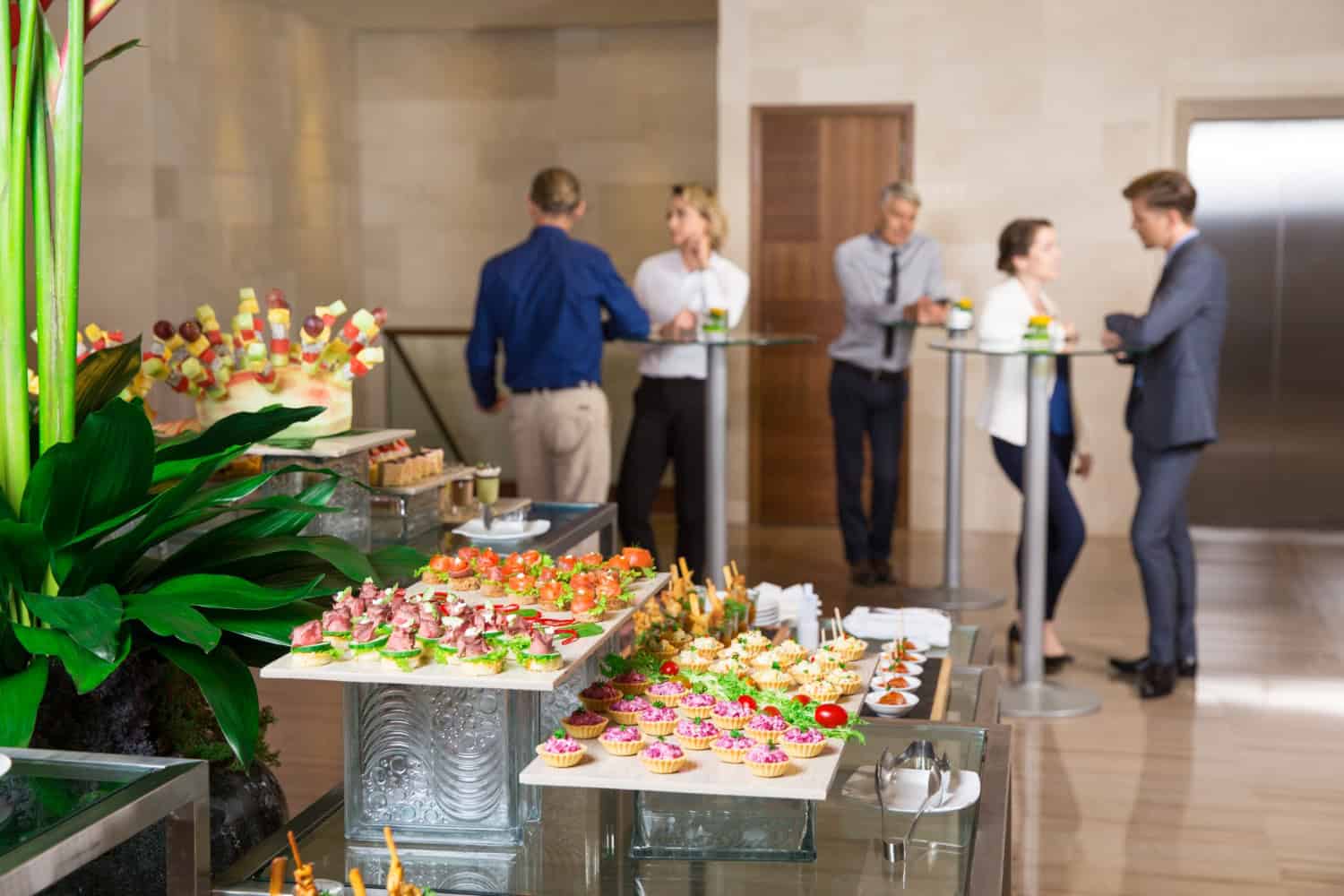

Greenville Catering made our corporate retreat flawless—from menu planning to setup. The food was incredible, the presentation elegant, and the team so professional. Everyone on staff was impressed. We’ll definitely partner with them again for future events.
Our wedding reception was beyond perfect! Greenville Catering handled everything—the tasting, service, and even the late-night snack bar. Every dish was fresh and beautifully served. Their team truly made our day stress-free and unforgettable.
Greenville Catering Blog
